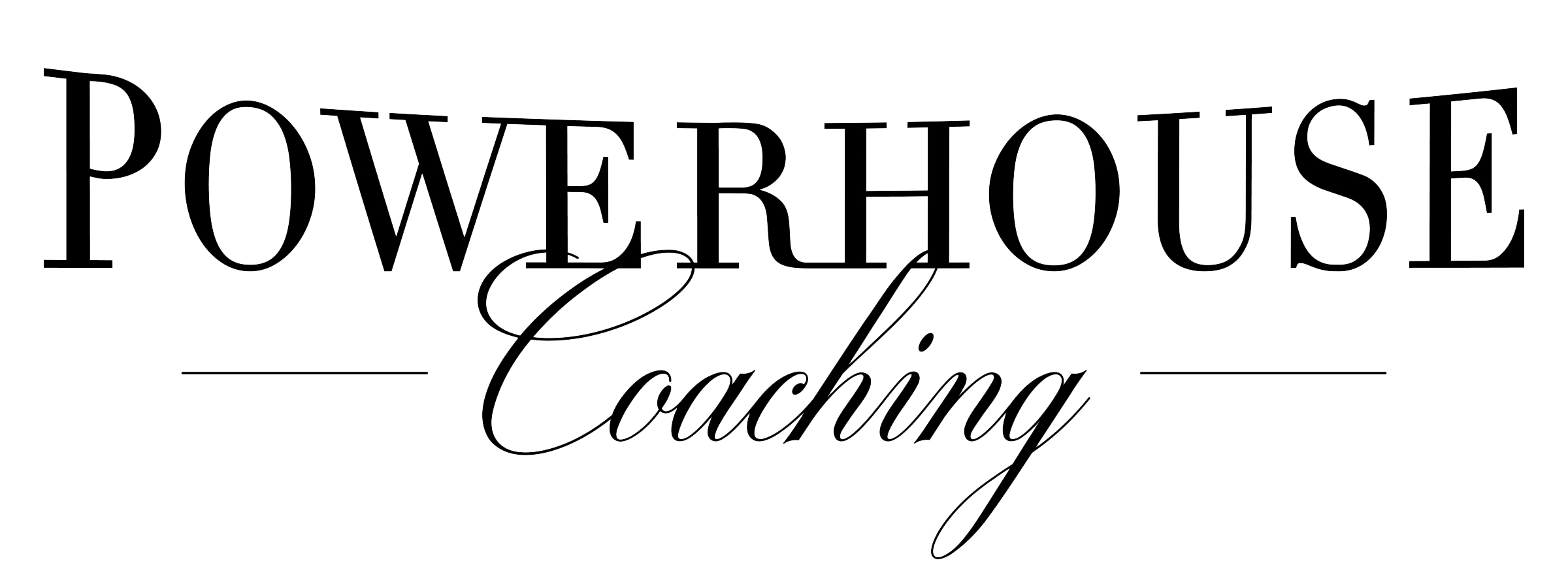The etymology of “clever” includes “to cleave, tear apart.”
Quick Summary:
- Destructiveness cleverness creates separation in organizations and stems from anxiety
- One of your core leadership responsibilities is to regulate this anxiety
- Starting to notice how you raise anxiety in your organization is the first step
- Leading with wisdom over cleverness will restore integration and raise performance
Go Deeper:
My mentor taught me years ago that “cleverness separates, but wisdom unites”.
Over the years I’ve observed far more of the cleverness separating than the wisdom uniting. However, lately it’s been troubling me that I don’t think it’s only cleverness that separates. It’s something deeper. I’ve come to realize that at its core, it’s fear.
Cleverness is a survival mechanism. Scratch the surface of cleverness and you will find fear. Fear of not being enough. Fear of not being safe. Fear of losing time. Fear of losing face, power, or control.
Fear is human, and more to be understood than judged. I have no judgment toward it. I know fear too. However, something I’ve also noticed is the deterioration of situation-specific fear into generalized anxiety, so I’d like to share some observations to support your leadership. My motive is not to convince, but to illuminate.
I’ve come to see any suboptimal organizational behavior as a response to anxiety and to start by having compassion for it. Not hearing the truth from your team? That’s anxiety. Lack of collaboration? That’s anxiety. Competitive righteousness, arrogance, internal politics, blame, rationalizing, labeling, resistance to listening, or misguided rescuing? Anything that divides. It’s all spawned by anxiety. I suggest reflecting on your organizational challenges to locate those roots of anxiety, how they may lead back to you, and the impact this has on team performance.
The more anxious the organization, the greater the dysfunction. And what creates an anxious organization? Two things: 1) anxious leaders and 2) a dereliction or absence of leadership. For now, it can be helpful to know that one of the primary roles you have is to regulate the fear and anxiety in your organization, which starts with your own.
Einstein famously said, “The most important decision we make is whether we believe we live in a friendly or hostile universe”. What have you decided to believe, and what is the impact of that on your organization?
To change something, we must first understand by observing without judgment. How may anxiety surface in your leadership?
Here are some ways I see leaders inadvertently raise anxiety:
Inconsistent leadership:
- lack of self-knowledge and self-awareness leading to inconsistency
- indecisiveness and reactivity resulting in thrash
- continual shifts in culture depending on the latest trend
- tolerance of dysfunction and underperformance including workarounds
- job-sharing and muddying of roles
- neurotic over-reliance on data in the absence of courage
Interpersonal dynamics:
- not sharing motives, leading to people imagining the worst (triggering their “negativity bias”)
- entering meetings with a scowl; being emotionally labile so others don’t know what to expect
- being unresponsive to communication, ignoring others
- inadvertently provocative language and status threats
- lack of appreciation or reassurance
- favoritism
- criticism
- over-sharing personal opinions on non-work matters, e.g. politics
A CEO I’ve supported recently reconnected as one of their leaders was creating massive disruption. After a few sessions with both separately and two “triad” sessions, they are now reconciled and effective. Their leader was just anxious and needed reassurance. People need love the most when they deserve it the least, and that is where I recommend you start.
However, this kind of intervention doesn’t always work, and I’m not sentimental about retaining destructive talent. Sometimes we need to respectfully let people go. But, when leaders can calm themselves enough to not take disruption personally and see things through the eyes of others, things often shift. It only takes one non-anxious, non-reactive leader to restore integration.
Years ago, I read The Shame Response to Rejection, where I learned the root cause of rage and violence is the shame of rejection, real or perceived. What this means to organizational life is that small acts of consideration and status make others feel safe and valued, in service of them fulfilling their potential. When we feel safe we learn better, we are more honest, we collaborate, we take risks. Instead of competing, we unite. I work on the assumption that everyone has insecurities, and to the degree it’s constructive, but not always, treat them in ways that ease those human doubts. However, I will share more about the limits of this approach in Leadership and the Limits of Compassion.
Anxiety and cleverness frequently show up in how we label others – us vs. them, superior vs. inferior, right vs. wrong. I once told a leader to throw away his label-maker, as it was getting in the way of his humanity. We all have the same fundamental needs and if you are labeling anyone as “other”, I will recognize: 1) there is anxiety present, and 2) there is a lack of self-love, which I’ll talk more about in future.
So, what does “wisdom unites” look like in action? It’s being consistent, transparent, and sharing motives to ease concerns. It’s putting yourself in the shoes of others. It’s letting them own their roles to the degree possible. It’s sitting with your own discomfort rather than reacting. It’s receiving bad news with perspective and equanimity. It’s including others where possible and explaining exclusions. It’s preserving people’s status in public, 1:1, and in their absence. It’s insisting your leadership team mend their net of relationships, so every connection is healthy. It’s not tolerating dysfunctional relationships in your organization. Period. It’s addressing problems courageously rather than creating dysfunctional workarounds, and taking responsibility for your part in creating them. It’s encouraging others to listen to those they disagree with early and often. You’ll know you’re leading wisely when problems are prevented, repairs rapid, and you sleep soundly.
Finally, how do I recognize wisdom in leaders? It’s a combination of humor and perspective; a philosophy of “this too shall pass”, which supports their non-anxious, non-reactive response to life. Essentially, it’s an absence of fear.
It would be easy to conclude I care about lowering anxiety in your organization because it is the decent thing to do. It is, and yet that is not my motive. My motive is to help you recognize destructive cleverness in your organization, understand the root cause as fear and anxiety, and do what you can to alleviate it so your organization thrives with minimal collateral damage. That you use this knowledge to elevate performance, innovation, and retention. No drama.
Your emotional state impacts your organization. Your wisdom, humor, and perspective, lead to integration. This is a core role of leadership, to move toward what is anxious, calmly reintegrate, and return it to wholeness. What is healthy will continue to grow.
If you have found this helpful, please share it.
And if you would like to become a more composed leader, or what I call “a safe pair of hands” for your organization, Request Your Consultation at www.powerhouse-coaching.com.
These observations reflect the CEO Coaching experience of Katherine Hosie, founder of Powerhouse Coaching.


